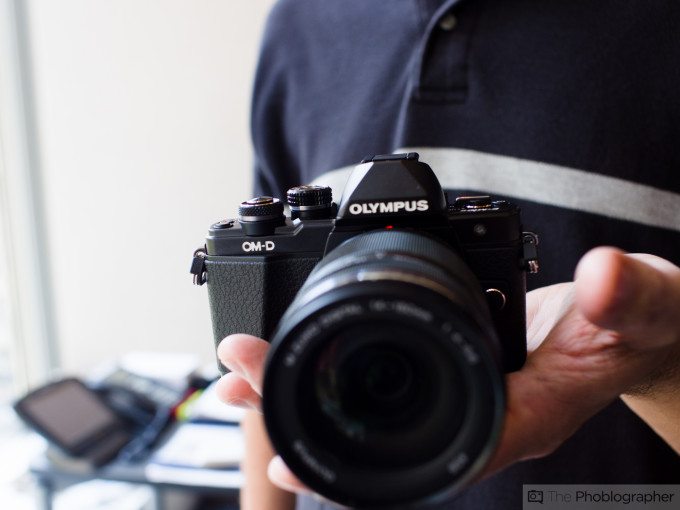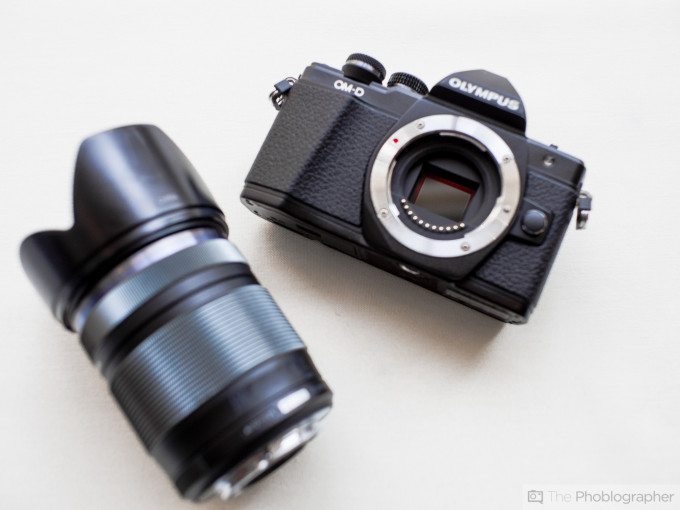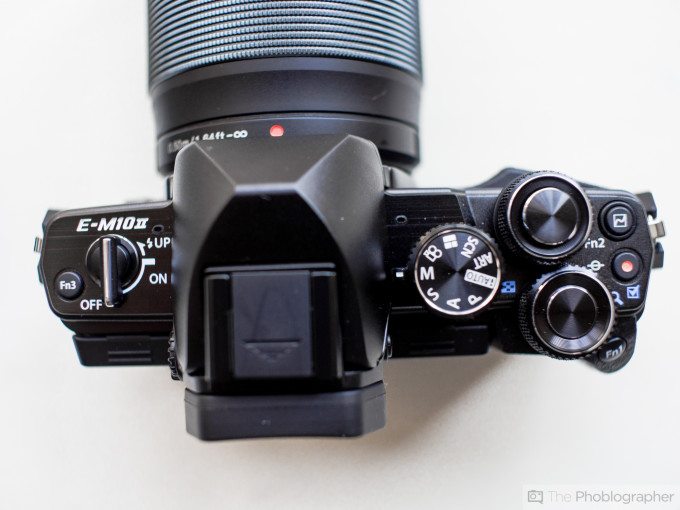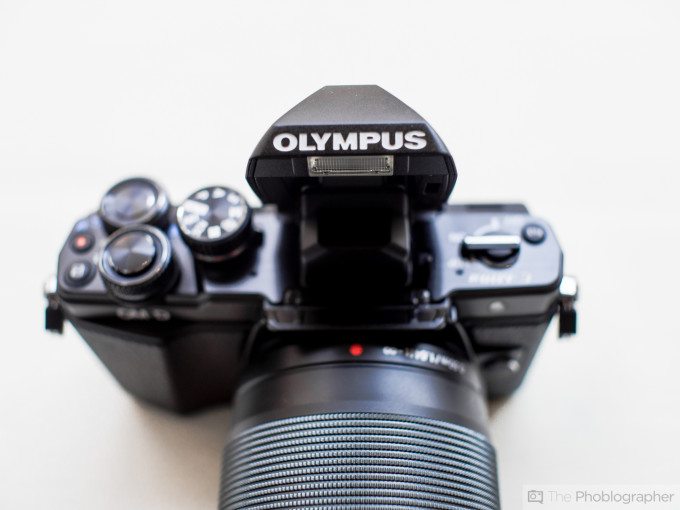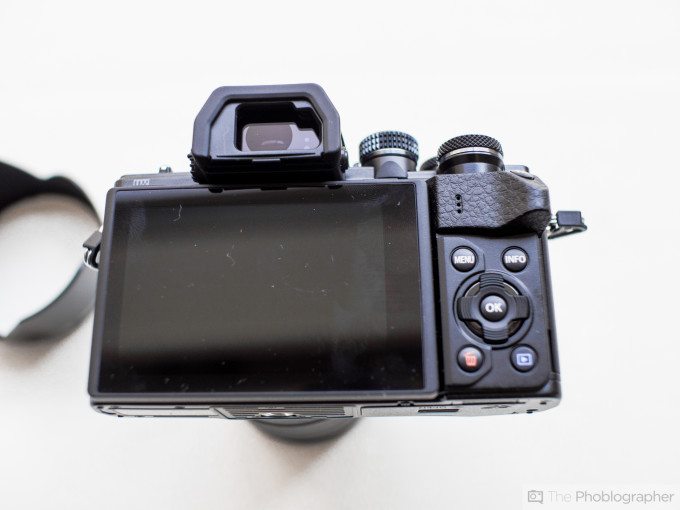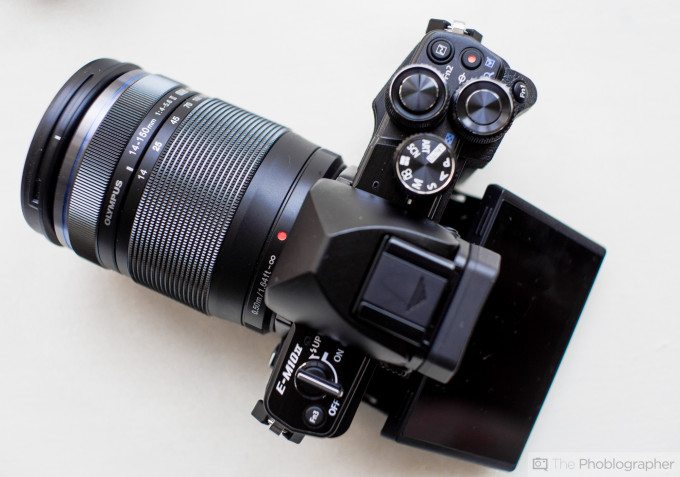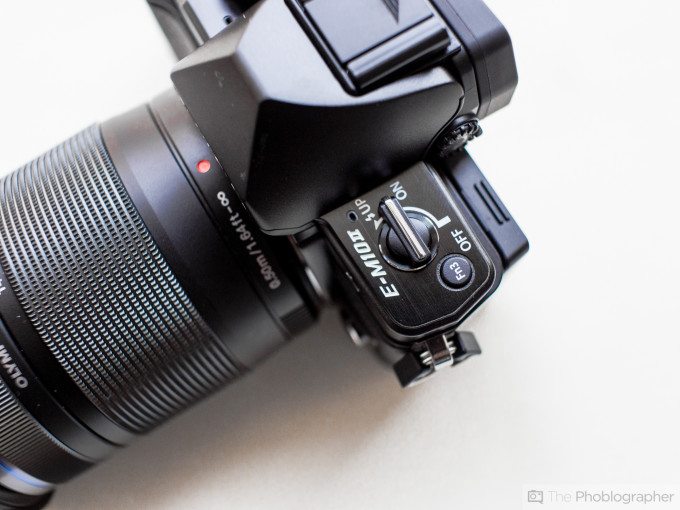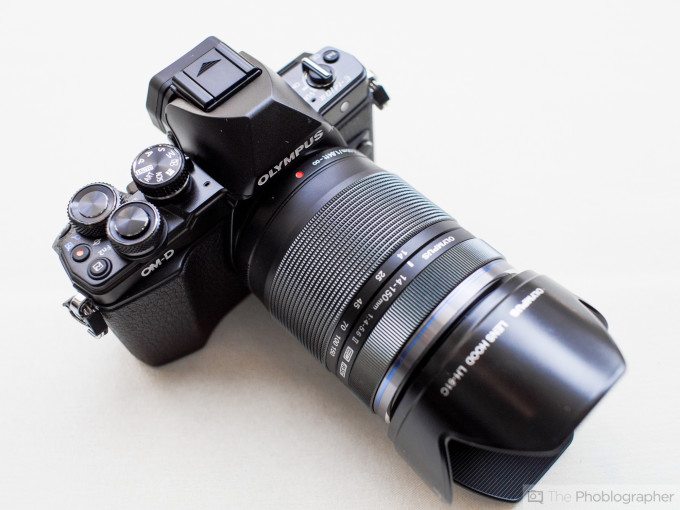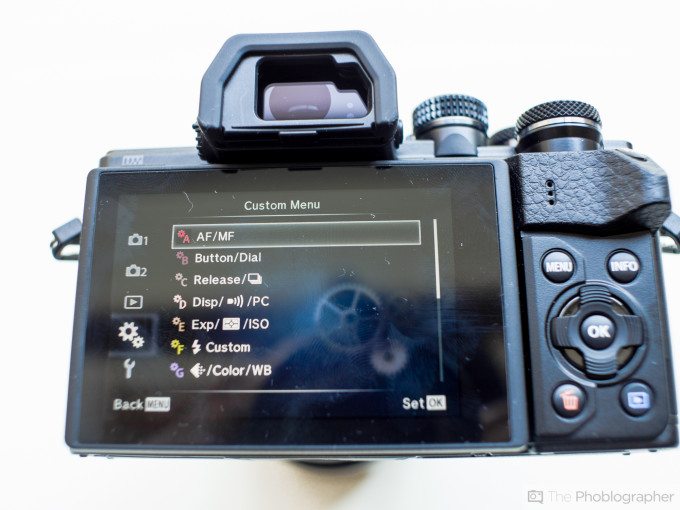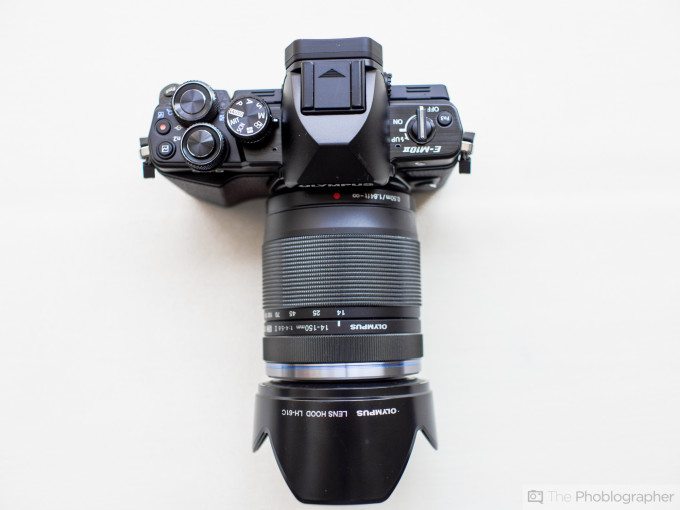Last Updated on 08/25/2015 by Chris Gampat
The Olympus OMD EM10 was the company’s entry level mirrorless camera targeted at the folks who wanted a viewfinder and DSLR-like look and feel. Plus, with an affordable price, it was well worth it for many of them. But today, Olympus is announcing their brand new EM10 MK II–a camera with lots of new features that in some ways make it more appealing than the Olympus OMD EM5 Mk II and the OMD EM1–at least at the moment of publishing this post.
Olympus believes this camera to be a massive upgrade ergonomically and internally. But what many people may be most excited about is the new S-OVF mode. The Olympus OMD EM10 Mk II has a simulated Optical Viewfinder mode that lets you pretty much see the world as you would in real life–but through an EVF. In some ways, this is already possible with other cameras with settings tweaks, but Olympus puts it all into one convenient mode for you.
Tech Specs
– 16MP Live MOS Sensor (slightly tweaked from the one previous)
– TruePic VII engine
– 5 axis IS, higher EVF
– New dials and buttons designed to mimic the look of a film SLR
– 8.5 fps shooting
– More emphasis on low light shooting with better AF
– Aluminum alloy body
– Comes in black and silver
– AF improvements to both touch focus and standard through the viewfinder focus.
– Live Composition from the EM5 MK II has been incorporated.
– S-OVF: Simulated optical viewfinder is an option. This is a 2.36 dot OLED viewfinder. The lenses and coatings for viewing are improved over the other cameras.
– Capability of using the touch screen as a track pag for AF targeting.
– WiFi functionality, control the camera from your smartphone
– 4K Timelapse video to 999 images; one image every 5 seconds
– VGA 120fps video
– Focus bracketing: useful in macro photography for focus stacking Can shoot three to 999 frames. It won’t merge the image together for you though, you have to do that in post-production
– Body only, available in Black and Silver — $649.99 (U.S.)
– Body in Black or Silver with M.ZUIKO DIGITAL ED 14-42 f3.5-5.6 EZ — $799.99 (U.S.)
– Availability in September
– No weather sealing
– Magnification for the EVF is 0.62x
– Video can be shot at 24, 30, 50, or 60 fps
– 14 art filters
– Three function buttons
– UHS 2 SD card compatibility
– Electronic shutter up to 1/16,000 shooting capability
Ergonomics
The Olympus OMD EM10 Mk II is quite the upgrade from the original version ergonomically. It looks a heck of a lot more retro and feels much like an old Olympus OM camera. The front of the camera is minimal and there are barely any controls. There isn’t much of a grip, but instead there is just enough of one to mimic the feel of an old film SLR camera.
Move over to the top of the camera and you’ll find a plethora of controls here. There is a raised front and back exposure control dial. Plus you’ll find two function buttons, the mode dial, hot shoe, and a new on/off switch. This switch has a setting where if you push it beyond the on setting, you’ll activate the pop-up flash.
This flash is located right near the front of the camera and comes up a fair amount. But it won’t tilt or swivel at all.
The back of the Olympus OMD EM10 Mk II is where you’ll find more simplistic controls, the EVF and the giant LCD touchscreen. Here, you’ll also spot a four way direct keypad–which Olympus has had before but this one feels much better than all previous.
This screen flips up and down and tilts out for when you want to shoot from the hip or have tough angles to shoot from. It’s much like the other Olympus ILC cameras.
Build Quality
As I’ve told Olympus reps in the past, their pre-production units feel, well, not the best. But when the production unit finally comes in, I’m in love with the ergonomics. I’ve said this for every camera that we’ve had in since the Olympus OMD EM5.
The dials on top are supposed to be metal, but in our meeting, the pre-production unit felt like it had plastic dials and felt a bit cheap. The textures were right, but the toughness of solid metal just wasn’t there. Hopefully, the production unit will have metal when we get it in for review.
Metal vs plastic aside, the camera doesn’t feel half bad at all. It’s nice, grippy, and in some ways reminds me much of the original OMD EM5 with significantly raised dials and dials in the perfect spots.
Ease of Use
If you’re an experienced Olympus camera user, you’ll be faced with much of the same menu system. So you’ll just need to make a couple of extra navigations to find what you want.
Autofocus
In the brief 15 minutes that we had to spend with the camera, the OMD EM10 Mk II pre-production unit seemed to focus just as fast as the EM5 Mk II. We didn’t get to test it in low light considering that we went in for a 12PM meeting. That’s a feature that we’re going to need to test.
Image Quality
Since we handled a pre-production unit, we couldn’t put an SD card into the camera to record and store images.
First Impressions
So far, it seems like Olympus is packing lots of new technology into the camera. But the reason why you buy an Olympus, more so than even the great lenses, are the ergonomics. While I walked away not pleased this time around, I really wonder how the camera will feel if indeed the dials are metal.
We expect the image quality to be right on par with the other Olympus cameras since they’re all using a modified version of the same sensor–and in that case we shouldn’t be disappointed until we go above ISO 6400. But we’ll need to wait and see.


